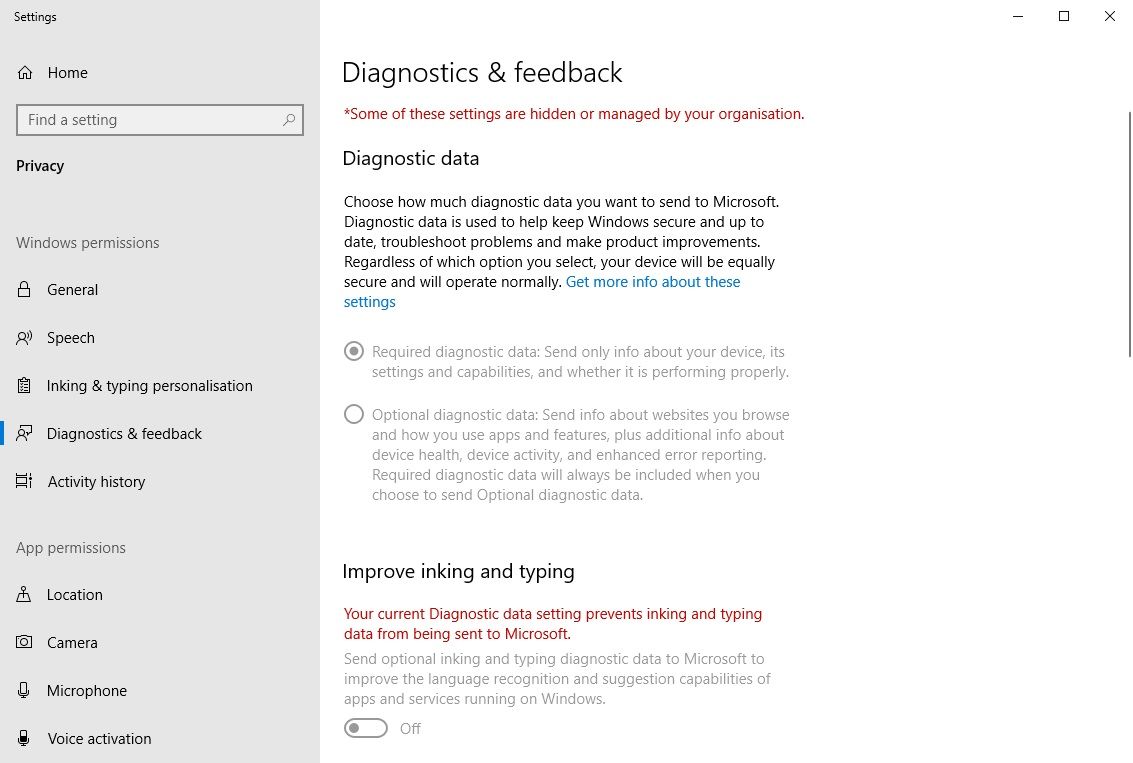Telemetry has existed for more than a century. People frequently use telemetry in industries such as healthcare, finance, and aeronautics.
If you’re wondering why telemetry is important and if it matters to you, stay tuned as this article details what telemetry is, who uses it, what information is collected, and how it works.
What Is Telemetry?
Telemetry is an automated process used to collect measurements and other types of data remotely. The data is sent between devices and monitored for analysis to improve device performance.
Although telemetry refers to wireless data transfer mechanisms such as radio, ultrasonic, or infrared systems, it is not limited and includes data transferred over other media such as optical links, telephones, computer networks, and other wired communications. Telemetry data can be transferred through radio, GSM, satellite, infrared, ultrasonic, and cable.
In other cases, telemetry refers to the data collected by tech companies on user activity, tracking things like usage, uptime, crashes, software installed, and more.
How Does Telemetry Work?
Telemetry works by using sensors at a remote source. The sensors measure physical (e.g., pressure) data and electrical (e.g., current) data, which gets converted to electrical voltages and combined with timing data. They form a data stream that is transmitted over wireless, wired, or hybrid medium.
The stream is separated at the remote receiver, where the original data may be displayed or processed according to the user’s specifications. Telemetry is what makes it possible to collect all the raw data that is extremely valuable.
Who Uses Telemetry?
As previously mentioned, telemetry is used in several industries, serving a unique purpose for each. For example, telemetry is often used in the development of software. The process usually involves the ethical and transparent collection of user and usage data from software while adhering to strict security and privacy standards throughout.
Healthcare providers also use telemetry to monitor the electrical activity of patient's hearts. In the gas industry, telemetry is used to provide a live feed of customer gas levels.
What Information Is Collected Using Telemetry?
Companies use telemetry to collect information about devices and their configuration. Such information includes storage, installed memory, and hardware components, such as the CPU. This is especially true for data collected by software companies who require information such as system uptime or the number of crashes or hangs.
The user experience can be improved with telemetry through application health checks, security monitoring, performance monitoring, and quality monitoring. If the telemetry in a system is set to a level higher than basic, the information collected includes analyzed interactions between the user and the operating system and apps.
Windows 10 Telemetry
A real-life example of what information is collected with telemetry can be found in Windows 10. Windows 10 includes Basic, Enhanced, and Full telemetry options.
Basic telemetry sends the necessary data to Microsoft required to keep the operating system up to date and secure. Such data includes basic device information, compatibility information, and quality-related data. The basic data option is now known as required diagnostic data.
The Security option (only available to Enterprise users) provides less data than this, limiting its transmission to only data that keeps the system secure. The setting is now known as Data diagnostics off.
Selecting the Full usage data option (now known as Optional diagnostic data) makes the computer device send additional diagnostics data to Microsoft. Such data includes typing, browser, app, and feature usage data. This type of information makes it easier for Microsoft to identify problems in the operating system that it needs to fix. Not only does Microsoft collect information on events in applications on the system to fix bugs, but it also uses the information to understand how people are using its hardware and applications.
The Enhanced telemetry option collected and transmitted the same data as the Security and Basic option, along with other select data fields, including advanced reliability, Windows server, systems center, and performance. However, Windows 10 build 19577 removed the Enhanced telemetry option, switching systems using this option to Basic in the process.
Privacy Concerns With Continuous Data Collection
While collecting telemetry data to make more informed decisions is common, privacy guarantees need to be respected. With such significant amounts of data collection taking place, the risks of data breaches and malware infections can increase. Disabling telemetry where appropriate can help to not only protect your data but also to increase the speed of your device.



